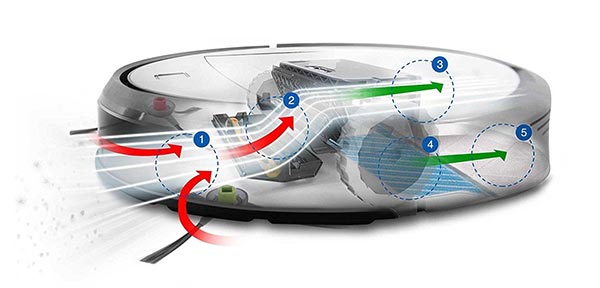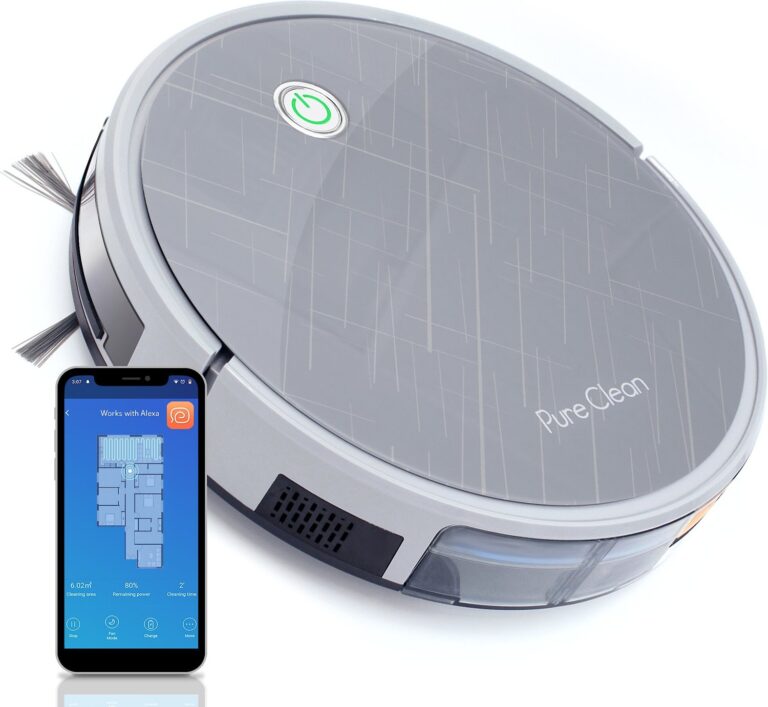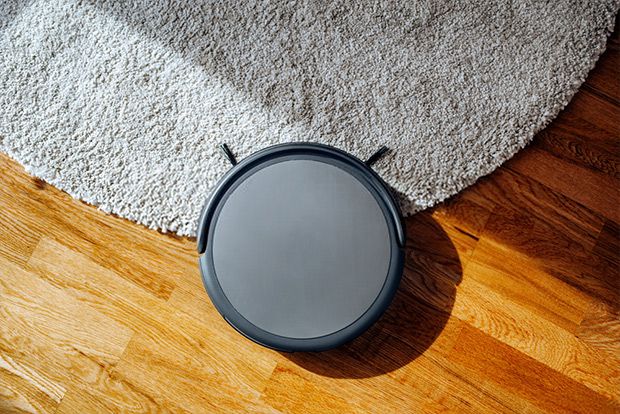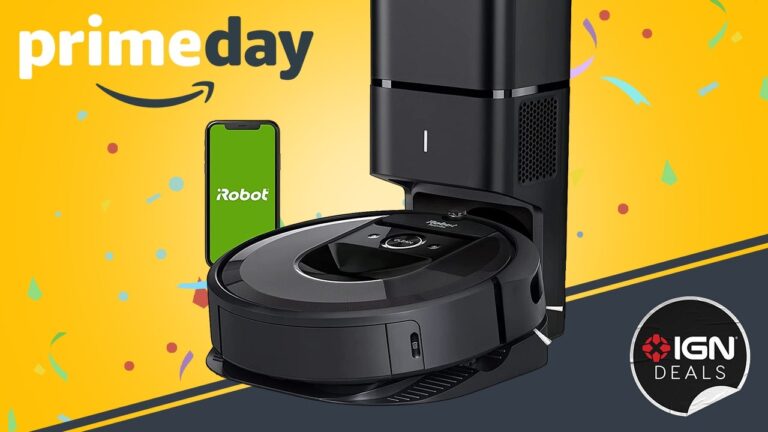How Do Robot Vacuum Cleaners Navigate?
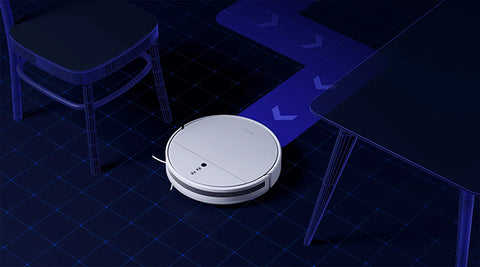
Robot vacuum cleaners navigate using a combination of sensors, cameras, lasers, and mapping algorithms. These devices allow the vacuum cleaner to detect obstacles, map out the layout of a room, and create a path for efficient cleaning.
Through advanced technology and intelligent programming, robot vacuum cleaners can efficiently navigate and clean your floors without any human intervention, providing a convenient and hassle-free cleaning experience. In today’s fast-paced world, cleaning our homes often takes a backseat. From busy work schedules to endless household chores, finding the time and energy to keep our living spaces tidy can be challenging.
This is where robot vacuum cleaners come to our rescue. These nifty devices offer an innovative solution to our cleaning woes by autonomously navigating and cleaning our floors. But have you ever wondered how these robotic wonders navigate through our homes with such precision? We will explore the fascinating world of robot vacuum cleaner navigation and uncover the secrets behind their efficient cleaning abilities. So, without further ado, let’s dive in and unravel the mystery of how robot vacuum cleaners navigate our living spaces.
Understanding The Basics Of Robot Vacuum Navigation
Robot vacuum cleaners navigate using a combination of sensors and mapping technology. These sensors act as their eyes, allowing them to detect obstacles, walls, and furniture. The mapping technology acts as their brain, helping them create a virtual map of the area they are cleaning.
This map guides their movements, ensuring they cover the entire space efficiently. Navigational algorithms play a crucial role in deciphering the code behind their smooth movements. These algorithms calculate the optimal path for the robot vacuum cleaner, taking into account the layout of the room and the location of obstacles.
By constantly analyzing the surroundings and adjusting their movements accordingly, these robot vacuum cleaners are able to navigate seamlessly and efficiently, providing a hassle-free cleaning experience for their users.
Mapping And Localization Techniques In Robot Vacuum Cleaning
Robot vacuum cleaners use advanced mapping and localization techniques to navigate and efficiently clean your home. Simultaneous Localization and Mapping (SLAM) is the key to their efficient performance. By constantly analyzing data from various sensors, these cleaners create a detailed map of the cleaning area in real time.
LIDAR technology is crucial in this process as it ensures laser precision for accurate mapping. The cleaners utilize this information to plan their cleaning routes, avoiding obstacles and efficiently covering every corner of the room. With their mapping and localization capabilities, robot vacuum cleaners can navigate through complex spaces with ease, ensuring thorough cleaning and saving valuable time for you.
So, next time you see your robot vacuum effortlessly gliding around your home, remember the sophisticated techniques that make it all possible.
Navigational Challenges And Solutions For Robot Vacuum Cleaners
When it comes to robot vacuum cleaners, their navigation ability is crucial. These devices face navigational challenges, but solutions have been developed to overcome them. One major obstacle they encounter is obstacle avoidance, where they need to overcome real-world hindrances.
By using sensors and advanced algorithms, robot vacuums can detect and avoid furniture, walls, and other objects in their path. Another challenge is handling complex floorplans, especially in multilevel spaces. To navigate such environments, robot vacuums utilize mapping technology, creating a digital map of the area to guide their movements.
With these advancements, robot vacuums can efficiently navigate and clean your home, providing a hassle-free cleaning experience.
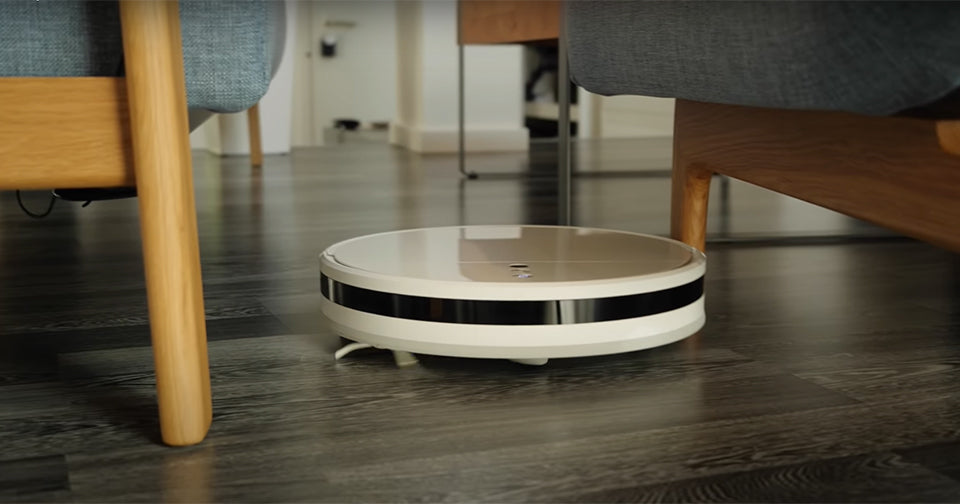
Credit: global.dreametech.com
Improving Navigation: The Future Of Robot Vacuum Cleaners
Robot vacuum cleaners are continually improving their navigation capabilities through the integration of machine learning and AI. By enhancing their decision-making abilities, these cleaners can efficiently traverse and clean a wide range of environments. The introduction of advanced mapping and navigation systems holds the promise of further enhancing their efficiency.
These systems enable robot vacuums to create detailed maps of the space they are cleaning, allowing them to navigate with precision and avoid obstacles. With the aid of artificial intelligence, these cleaners can learn and adapt to their surroundings, making intelligent decisions based on the information gathered.
This evolution in navigation technology ensures that robot vacuum cleaners can clean more effectively and efficiently, providing users with a hassle-free cleaning experience. As technology continues to advance, the future holds even greater possibilities for these automated cleaners.
Frequently Asked Questions For How Do Robot Vacuum Cleaners Navigate
How Does Robot Vacuum Know Where To Go?
The robot vacuum knows where to go through a combination of sensors, algorithms, and navigation systems. It uses infrared sensors to detect obstacles and cliffs, preventing it from falling down stairs or bumping into furniture. The vacuum also has a room mapping feature that uses cameras or lasers to create a layout of its surroundings.
This map helps it navigate efficiently and avoid repeating unnecessary paths. The vacuum’s algorithms analyze this data and determine the most efficient cleaning route. Some robot vacuums can even be controlled and programmed using smartphone apps or voice assistants like Alexa or Google Assistant.
With these technologies, the robot vacuum can efficiently navigate your home and keep your floors clean without much human intervention.
How Does A Robot Vacuum Cleaner Move?
A robot vacuum cleaner moves in a systematic pattern to clean your floor. It uses sensors to detect obstacles and navigate around them. The vacuum cleaner moves in straight lines and changes direction when it reaches a wall or obstruction.
It can also adjust its path when it encounters furniture or other objects in its way. The robot vacuum cleaner moves by using wheels or tracks, powered by a motor. It moves forward, backward, and can also turn in different directions to cover the entire floor.
It is programmed to clean efficiently and cover all areas of your home. The movement of the robot vacuum cleaner is automated, saving you time and effort in keeping your floors clean.
How Do Robot Vacuums Work Without Mapping?
Robot vacuums work without mapping by using a combination of sensors and algorithms. These devices are equipped with sensors that detect obstacles and adjust their path accordingly. With the help of infrared sensors and cameras, the robot vacuum can navigate around furniture and walls while avoiding any potential collisions.
The vacuum also uses algorithms to determine the most efficient cleaning pattern, ensuring that it covers the entire floor. This allows the robot vacuum to clean the room without the need for mapping or pre-planning. These intelligent devices can continuously adapt to their environment, making them suitable for different types of floors and rooms.
Conclusion
Understanding how robot vacuum cleaners navigate is essential for maximizing their efficiency. These smart devices use sensors, algorithms, and mapping technology to navigate your home autonomously. Whether they use infrared sensors, cameras, or lasers, these robots are designed to avoid obstacles and clean efficiently. By comprehending their navigation methods, you can make better choices when selecting a robot vacuum and optimize its performance in your home, ensuring a cleaner living space with minimal hassle.

